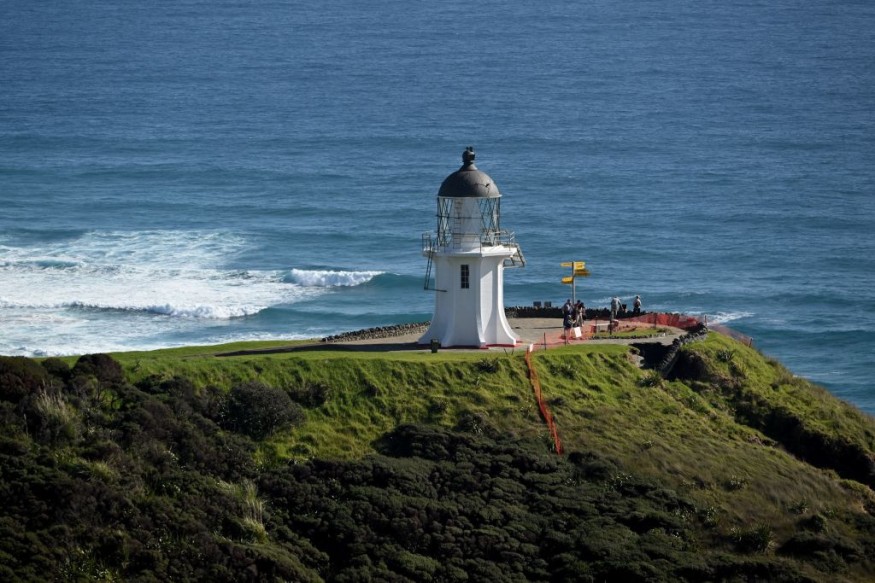Sea temperatures in New Zealand have reached all-time highs, surpassing global averages in one area by three times. This raises concerns about the wellbeing of the nation's ecosystems and marine life.

Oceanic Sea Surface
Oceanic sea-surface temperatures have risen between 0.16 and 0.26 degrees Celsius on average every ten years since 1982, and between 0.19 and 0.34 degrees Celsius in coastal seas, according to new data from Stats NZ.
Every maritime and coastal region recorded the hottest years ever in 2022 or 2023.
According to Matt Pinkerton, a principal scientist at the National Institute for Water and Atmospherics, when data from the previous 20 years are compared, the rate of ocean surface warming around New Zealand has outpaced the global per decade average of 0.18 degrees Celsius by twofold, with one region, the Chatham Rise, warming three times faster than the global average.
He speculated that because of its location and the way the world's ocean currents flow and carry heat, New Zealand would be seeing greater temperatures.
Pinkerton said that New Zealand sits sandwiched between the Pacific, the Tasman Sea, and the Southern Ocean. He said there is a lot of warming associated with all three of those areas, so we are getting the heat from all directions.
Read Also : Marine Heat Waves: New Zealand's Hauraki Gulf Region Experiences Extreme Temperatures Since 1967
Refuted Belief
Experts pointed out that the idea that New Zealand is shielded from extremely high or low temperatures is refuted by the country's high temperatures.
Pinkerton explained that many believe the country is somewhat shielded from warming effects because of the vast amount of ocean surrounding it, but this study suggests that's not the case.
Additionally, marine heatwaves-prolonged bursts of anomalously warm seawater-reached unprecedented heights. The Tasman Sea saw heatwave conditions for 61% of the year, the highest among oceanic regions, while the Western North Island experienced heatwave conditions for 89% of the year, the greatest among coastal locations.
According to Stuart Jones, who serves as environmental and agricultural statistics manager at Stats NZ, even the small rises in temperature could disrupt marine ecosystems, bring some species to relocate, and increase the threats in diseases.
Previous marine heatwaves could be connected to mass sea sponge bleaching in New Zealand. They are also linked to dies-offs of southern bull kelp, extended widespread fish strandings, and penguin fatalities.
Further, intense marine heatwaves can cause large-scale ecological change by killing habitat-forming species such as kelp, according to Dr. Christopher Cornwall, who is designated as marine biology lecturer at Victoria University of Wellington.
Scientists said there is still a lack of knowledge on the degree to which warmer waters may upset ecosystems; therefore, long-term monitoring is necessary to predict and prepare for changes, especially when determining fishing quotas.
Pertinent data from another Stats NZ set indicate a downtrend in phytoplankton - the microscopic algae serving as the base for marine food webs - within New Zealand's warmer northern waters. This indicates an association between rising sea-surface temperatures and decreased phytoplankton levels.
As the ocean controls a large portion of the weather in the island nation, New Zealanders will also be affected by rising sea levels, according to climate scientist Dr. Georgia Grant.
Around 90% of the excess heat brought on by climate change caused by humans has been absorbed by the oceans.
Related Article : Rising Sea Temperature Causes Mussel Shells To Be More Porous
© 2025 NatureWorldNews.com All rights reserved. Do not reproduce without permission.




